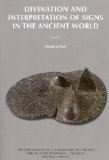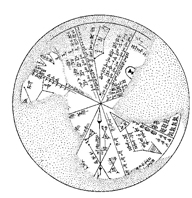Ancient Astrology
At First, Astrology & Astronomy Were One
Gretchen Heuring | ElderThink | 07.16.10
Various earthly cultures became interested in the movement of heavenly bodies at about the same time. Mathematics were developed for measuring visible changes in the skies and determining the rhythms of nature. Calendars and clocks were created. Records were kept.
This new knowledge was also applied to human experience perhaps beginning with predicting the cycles of a woman's body. Very quickly mathematical and divining tools were being used to consider the future effects of choices and directions.
Astronomy and Astrology were closely entertwined as discoveries about the stars were used to make predictions about happenings on earth.
Early Astronomy in Asia, Arabia and India
Chinese Emperors and their Astronomers began measuring the movement of heavenly bodies about the same time as the Babylonians in Arabia. Astronomers in India also began to explore and measure the skies.
Similar calendars were developed with twelve lunar months and a thirteenth month added during a "leap year." Measurement of time with 24 hour days and 60 minute hours was also adopted by Chinese, Arabian and Indian astronomers. This is not surprising as there was trade between Asia, Arabia and India at the time using the Silk Road. Ancient Astrologers from China and Arabia joined caravans to meet with one another and often spent several years studying together. The Silk Road included travel by sea as well as by land.
 |
The Silk Road: Blue is by Sea, Red is by Land |








